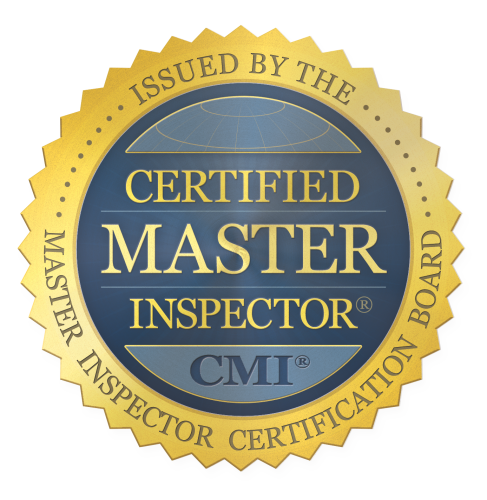The Most Dangerous Appliance In Your House
What do you think it is? The microwave? Toaster? Hot tub? Computer (for lots of reasons...)?
Actually, it is none of the above.
The most dangerous appliance in your house may be your dryer!
Think about it. Dryer fires cost Americans as much as $100 million annually! They result in almost 50,000 fires that require the fire department, and average 400 injuries and 15 fatalities annually. This all happens in every state in the country, including my home state of Virginia. Dryers cause more fires than electrical problems. And 81% of them happen in residential homes. (1) That is dangerous!
Most dryer fires are reported in the laundry room. In the olden days, that meant the basement or the garage. But in modern society, the laundry room location has shifted to the bedroom, kitchen, family room, hallway or closet.
When to most fires happen? Incidences increase dramatically from November to March, with 10.6% happening in January. Why? Probably because that is when we wash our heaviest clothing. It takes more time to dry them, they heat up and poof!
And what is the most common cause of dryer fires? VENTILATION. And that for many reasons:
1. In modern houses dryer vents cover longer distances to reach an outside wall.
2. Clogs that occur because of sharp bends or turns.
3. Plastic or foil wrapped "slinky" venting. This venting has lots of pockets that can trap lint. Solid vents are highly recommended.
4. Incorrect venting which does not exhaust outdoors but into a crawl space, attic, or interior walls. This can also contribute to the increase of molds and air deterioration. Also, incorrect venting which allows animals to get inside where they nest or otherwise obstruct air flow.
What is the most important thing we can do to prevent dryer fires?
Keep our vents clean! That means disconnecting the vent tubing from the dryer every one to two years and either cleaning it all ourselves (including as much of the tubing as possible) or hiring a professional company to do it.
And by following proper installation guidelines when the dryer is first installed.
___________________________________
Dryer Loss Control Recommendations -- Per the U.S. Consumer Product Safety Commission (CPSC):
1. Clean the lint screen/filter before or after drying each load of clothes – If clothing is still damp at the end of a typical drying cycle or drying requires longer times than normal, this may be a sign that the lint screen or the exhaust duct is blocked.
2. Clean the dryer vent and exhaust duct periodically – Check the outside dryer vent while the dryer is operating to make sure exhaust air is escaping.
 3. Replace plastic or foil, accordion-type ducting materials with rigid or corrugated semi-rigid metal duct – The flexible plastic or foil type duct can more easily trap lint and is more susceptible to kinks and crushing, which can greatly reduce the airflow.
3. Replace plastic or foil, accordion-type ducting materials with rigid or corrugated semi-rigid metal duct – The flexible plastic or foil type duct can more easily trap lint and is more susceptible to kinks and crushing, which can greatly reduce the airflow.
4. Take special care when drying clothes that have been soiled with volatile chemicals – Special care is required when drying clothes exposed to gasoline, cooking oils, cleaning agents, finishing oils and stains. If possible, wash the clothes more than once and, preferably, hang the clothes to dry. If using a dryer, use the lowest heat setting and a drying cycle that has a cool-down period at the end of the cycle.
___________________________________
My recommendation: When you buy a new dryer, have it installed professionally. Most retailers will deliver and install nowadays. And pay special attention to keeping your vent clean where the vent exits the dryer and enters the wall, and where it discharges on the outside of your house!
Vent cleaning is an easy task, unless the vent exhausts onto the roof. Dryer exhaust vent-cleaning brushes are very popular and cheap. You can purchase a best seller at the link here, here and a very flexible one here.
(1) “Clothes Dryer Fires in Residential Buildings”. Topical Fire Research Series. U.S. Department of Homeland Security. U.S. Fire Administration. Volume 7, Issue 1. January 2007. Technorati Profile ![]()

Comments
Post new comment